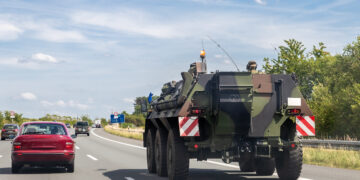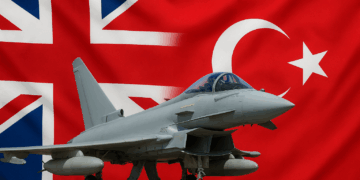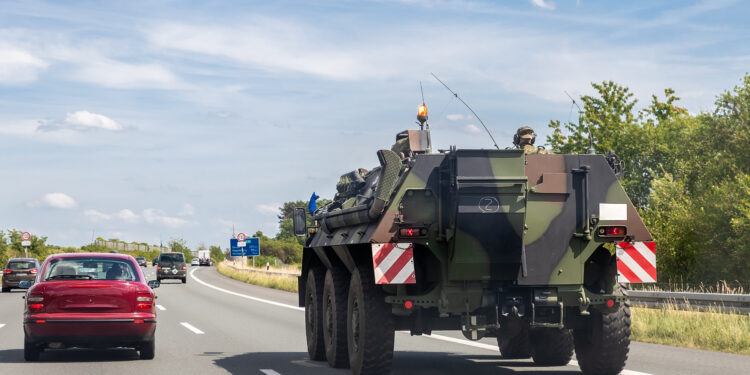Imagine driving from the port of Rotterdam to Bulgaria’s Black Sea coast. A route planner will tell you it takes about 26 hours if you keep going and hit no traffic. Piece of cake. But once that journey involves a tracked vehicle or other heavy military equipment, the trip can suddenly take up to six weeks.
Follow us on: Bluesky, X or Linkedin
The proposed route crosses seven countries. For EU citizens, open borders make it easy. For military transport, however, Europe becomes far more complicated. Every movement must be registered, and approval can take days — and in some cases up to a month and a half. With tensions between Russia and Europe rising, that is unacceptable, says the EU’s High Representative for Foreign Affairs and Security Policy, Kaja Kallas.
45 days delay
“Some countries still require 45 days’ notice before other countries’ troops can pass through their territory for exercises, for example. Eleven years after Russia annexed Crimea, this is simply not good enough,” Kallas said. “It is quite simple: the faster we can move forces, the stronger our deterrence and defence. We need to be talking about days, not weeks, to move troops in Europe.”
To fix this, the European Union wants to introduce a Military Schengen, echoing the freedom of movement that citizens across the EU already enjoy.
“We propose a new EU-wide emergency mechanism that allows member states to relax the rules when armed forces need to be moved rapidly across borders,” Kallas said.
‘Bridges can’t carry 60 ton-tank‘
The EU also plans major investment in road networks. Many countries face severe delayed maintenance, especially when it comes to ageing bridges and overpasses. These structures often cannot carry the heavy weight of military vehicles and need replacement or repair. That’s quite a risk in times of war.
“Investing in infrastructure is crucial. If a bridge cannot carry a 60-ton tank, we have a problem. If a runway is too short for a cargo plane, we cannot resupply our troops,” Kallas said. The EU is therefore proposing €17 billion for so-called dual-use infrastructure — roads and bridges suitable for both civilian and military use. NATO countries recently have agreed to invest 1.5 per cent of GDP in infrastructure, and EU funds could contribute to meeting that target.





























